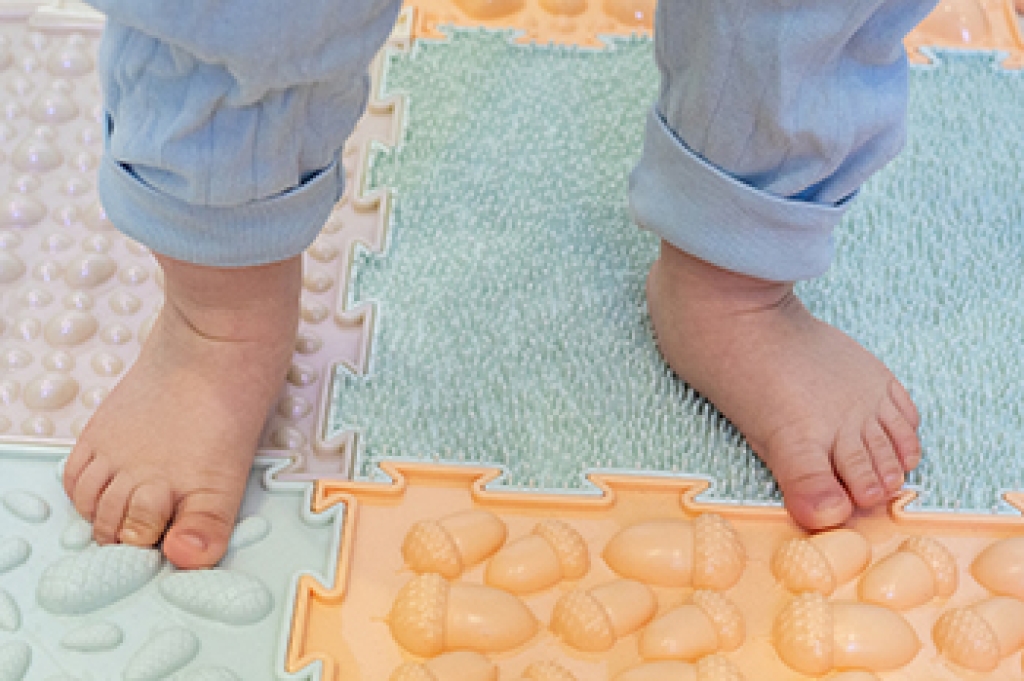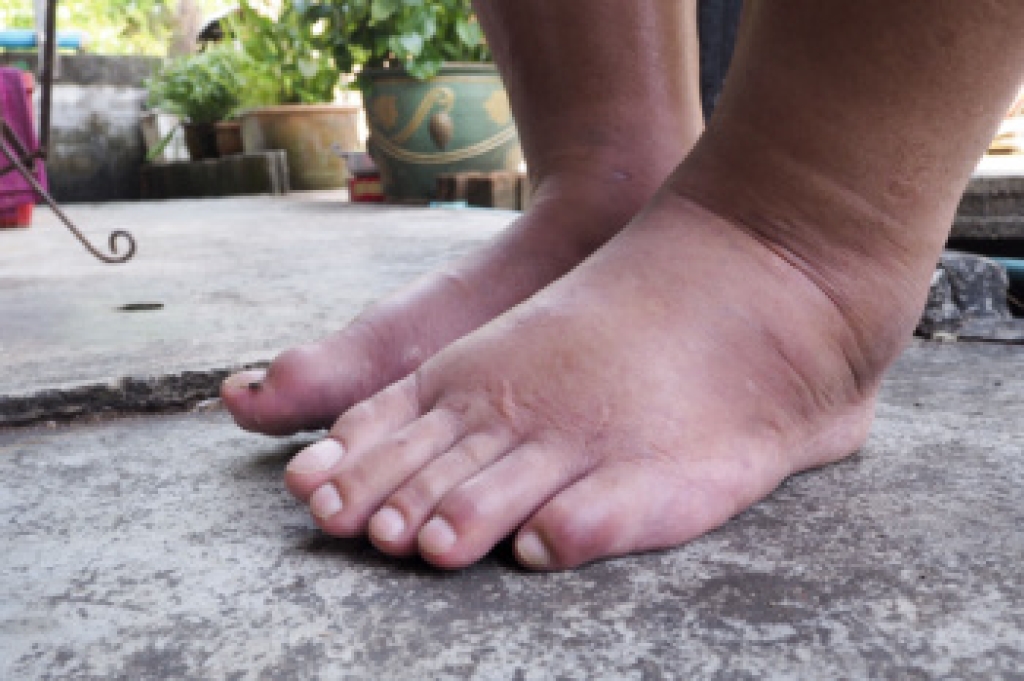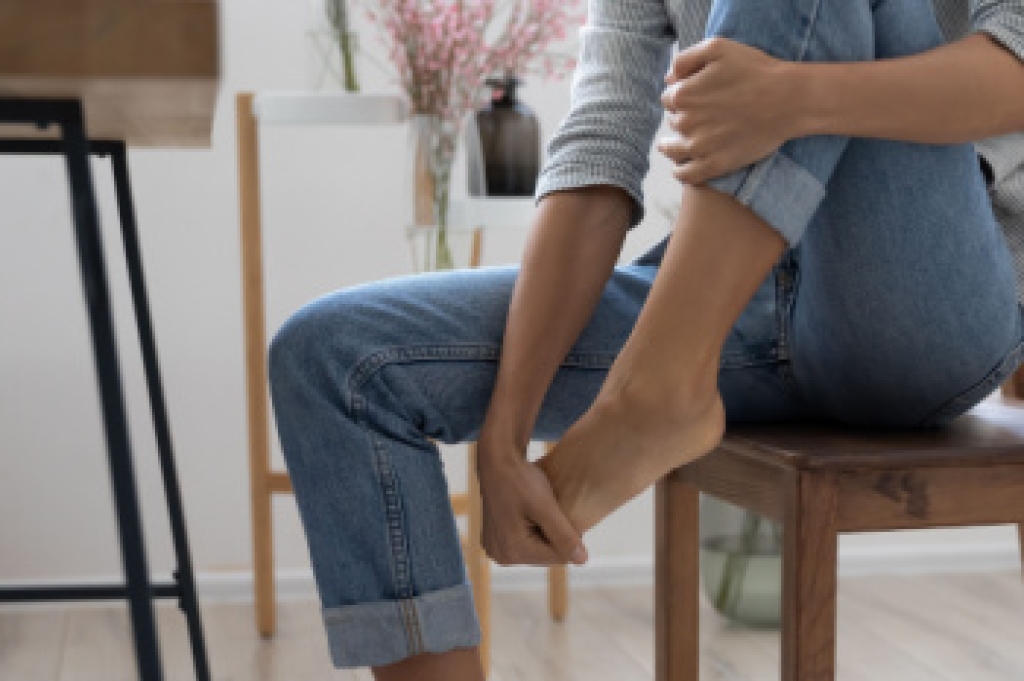
Flat feet in children occur when the arches of the feet do not develop properly, causing the entire sole to touch the ground. It may look like the child has no visible arch and their ankles may appear to roll inward. While many children experience no pain, some may complain of foot, ankle, or leg discomfort, especially after physical activity. Causes include genetics, loose ligaments, or underlying conditions like cerebral palsy. Symptoms may also include fatigue, poor balance, or difficulty with walking or playing sports. A podiatrist can diagnose flat feet through a physical examination and imaging tests if needed. Treatment options vary based on severity and symptoms and may include custom orthotics, supportive footwear, or stretching exercises. In rare cases, surgery may be considered. Early evaluation can prevent long-term complications and improve a child’s comfort and mobility. If you notice signs of flat feet in your child, it is suggested that you make an appointment with a podiatrist.
Flatfoot is a condition many people suffer from. If you have flat feet, contact Alice Kim, DPM from 101 Foot and Ankle. Our doctor will treat your foot and ankle needs.
What Are Flat Feet?
Flatfoot is a condition in which the arch of the foot is depressed and the sole of the foot is almost completely in contact with the ground. About 20-30% of the population generally has flat feet because their arches never formed during growth.
Conditions & Problems:
Having flat feet makes it difficult to run or walk because of the stress placed on the ankles.
Alignment – The general alignment of your legs can be disrupted, because the ankles move inward which can cause major discomfort.
Knees – If you have complications with your knees, flat feet can be a contributor to arthritis in that area.
Symptoms
- Pain around the heel or arch area
- Trouble standing on the tip toe
- Swelling around the inside of the ankle
- Flat look to one or both feet
- Having your shoes feel uneven when worn
Treatment
If you are experiencing pain and stress on the foot you may weaken the posterior tibial tendon, which runs around the inside of the ankle.
If you have any questions, please feel free to contact our office located in Camarillo, CA . We offer the newest diagnostic and treatment technologies for all your foot care needs.




